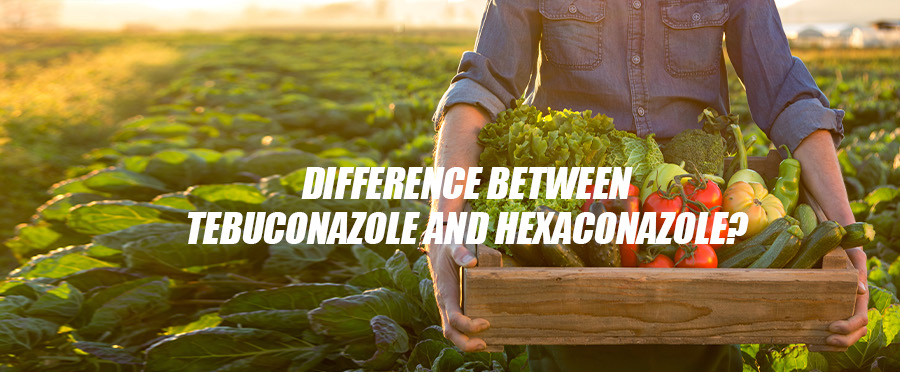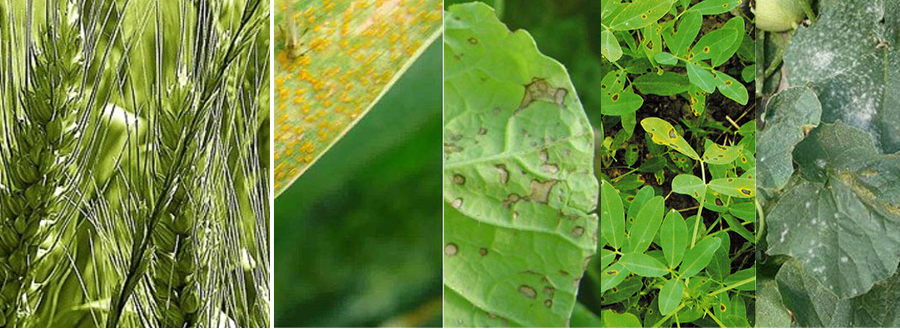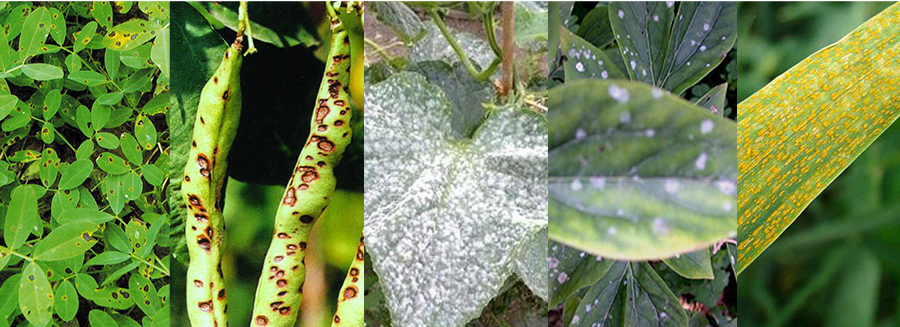- Home
- News
- What is the difference between tebuconazole and hexaconazole? How to choose when using it?
What is the difference between tebuconazole and hexaconazole? How to choose when using it?
Learn about tebuconazole and hexaconazole
From the perspective of pesticide classification, tebuconazole and hexaconazole are both triazole fungicides. They both achieve the effect of killing pathogens by inhibiting the synthesis of ergosterol in fungi, and have a certain inhibitory effect on the growth of crops. effect.
Tebuconazole vs Hexaconazole
1) Tebuconazole has a wider control spectrum than hexaconazole, which is one of the main reasons why manufacturers register a large number of tebuconazole. Tebuconazole has certain effects on powdery mildew, rust, leaf spot, anthracnose, fruit tree spotted leaf disease, rape sclerotinia, root rot, grape white rot, etc. As for hexaconazole, its control scope is relatively limited, mainly powdery mildew, rust, spotted leaf disease, anthracnose, etc. of cereal crops!
2) Difference in systemic conduction properties. Tebuconazole has a better systemic bactericidal effect and can also be conducted up and down in the plant to form a protective effect. Hexaconazole also has this effect, but is slightly less effective. The systemic conduction effect is obvious, and the protective effect is obvious. Therefore, many manufacturers are willing to produce tebuconazole. If used in advance, the disease prevention effect is great!
3) There is a gap in the effect of controlling excessive growth, and tebuconazole is slightly better. We all know that triazole fungicides have a certain effect in controlling overgrowth, and compared with tebuconazole and hexaconazole, tebuconazole has a more obvious effect in controlling overgrowth. Controlling growth inhibits plant growth and changes the flow process of nutrients, allowing more nutrients to flow to the process of flowering and fruit setting. It can not only prevent and treat diseases, but also control growth. Therefore, for cereal crops and some fruit trees, growers will choose tebuconazole, which has a more obvious effect in controlling growth, and it can improve lodging resistance!
4) There is a gap in the effect. Tebuconazole has an obvious effect of eradicating pathogenic bacteria. It can eliminate pathogenic bacteria living on the surface of seeds or in the soil. Therefore, it can be applied to root irrigation and can also be used as seed dressing; hexaconazole is used in This aspect is not very obvious!
5) Different pertinence. Hexaconazole has special effects on powdery mildew, rice sheath blight, etc., while tebuconazole is not very effective in this direction. At present, tebuconazole is used in many places, mainly to take advantage of its broad-spectrum control effect on diseases. One application can Use multiple diseases to prevent and treat them together!
6) There is a gap in drug resistance. The resistance of many crops to tebuconazole has become apparent. Because tebuconazole has been used extensively in recent years, its effectiveness against many crop diseases has declined!
7) There is a gap in the duration of disease prevention. The duration of effect of tebuconazole is longer than that of hexaconazole.
Precautions
1) Try not to use it alone. Use in combination can reduce the rate of plant disease resistance, such as tebuconazole with prochloraz, pyraclostrobin, etc.
2) Both have a certain effect in controlling growth, so when using it on crops such as beans, you must pay attention to the use time and dosage, otherwise there may be a risk of fruit shrinkage. Try not to use it after fruit setting, or ask an agricultural technician for guidance on use!
3) Tebuconazole and hexaconazole are both effective against fungal diseases, but they are mainly against higher fungi, such as powdery mildew, rust, leaf spot, etc.; they are effective against most lower fungi, such as downy mildew, blight, etc. Almost none, so be sure to pay attention to this!



